Maillardet's Automaton
The origin of this mechanical boy was a mystery until he revealed his maker by writing it in perfect cursive.
In 1928, when Philadelphia’s Franklin Institute received a truckload of mangled and singed machine parts, they had no idea what it was. A boy’s porcelain head and hands and a pile of brass springs, levers, and gears—it looked like an automaton that had been in a bar fight.
It wasn’t until the puzzle pieces were reassembled that the machine revealed its identity. The boy was a writing and drawing automaton, capable of creating beautifully decorated poetry (in English and French) and charming drawings of Cupids, a three-masted ship, and a Chinese temple. The mystery of his origin was solved when the boy was wound, and he wrote out, at the bottom of one of the poems, “Ecrit par l’automate de Maillardet” – “Written by Maillardet’s automaton”.
Henri Maillardet was a Swiss-born watchmaker and mechanician, born in 1745. He was a master of automatons (or automata), finely tuned and controlled mechanisms that perform rote—and sometimes elaborate—functions. Their “memory” is stored on brass discs called cams, which activate a series of linkages to enable precise and preordained movements. Maillardet had built several automatons, including this one, in the late 18th and early 19th centuries.
The boy-machine was a money-maker for Maillardet in its day but had been sold at some point to a 19th century showman named Maelzel, who exhibited it widely, including in the United States. There is some evidence that Maelzel then sold it to P.T. Barnum, who may have had it on display at his museum in New York when a fire devastated the building in 1865. Perhaps the boy was injured then?
His journey wasn’t over yet, as somehow he made his way to Philadelphia and the Franklin Institute via the estate of a local steel magnate named John Penn Brock. The Brock family had a vague idea of the contraption when they donated it to the Institute in 1928, but not its true origin nor why it was so damaged.
However he managed the trip, landing at the loading dock of the Franklin Institute and into the hands of their mechanical engineers was as good a stroke of luck as he could have hoped for.
Know Before You Go
The Maillardet Automaton was the inspiration for Brian Selznick's book The Invention of Hugo Cabret, which in turn became the inspiration for the Martin Scorsese film Hugo. Although the Maillardet Automaton is only wound to write on special occasions, he is on permanent display at the Franklin Institute's exhibit "Amazing Machine". The Franklin Institute is on Logan Square, at the corner of 20th Street and Ben Franklin Parkway. It's open daily from 9:30 a.m. to 5 p.m. Admission is $19.95 for adults, $15.95 for kids 3 to 11 (under 3 are free).


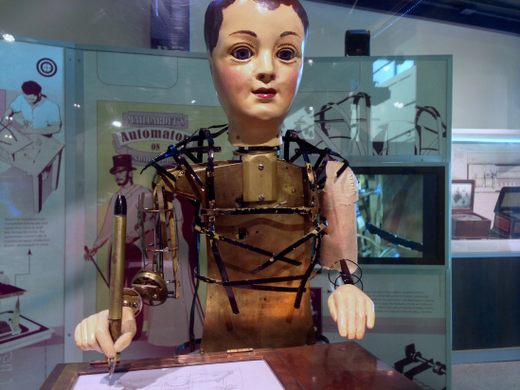
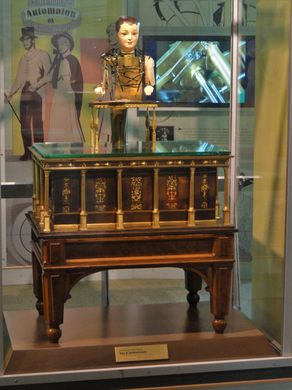
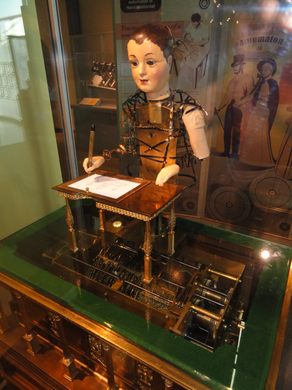
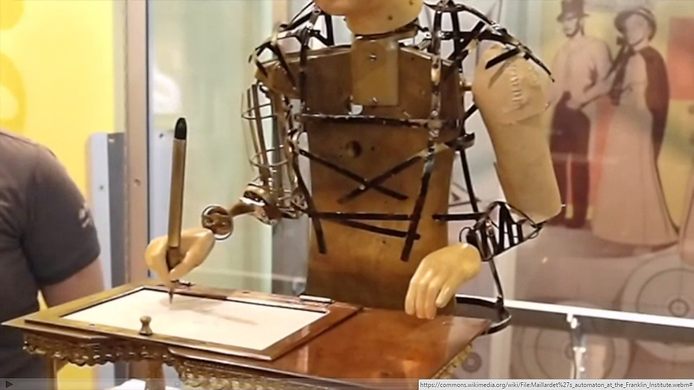
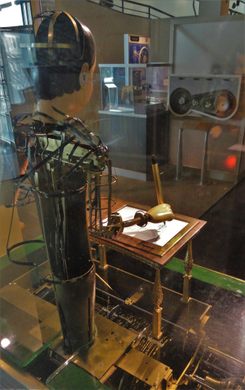


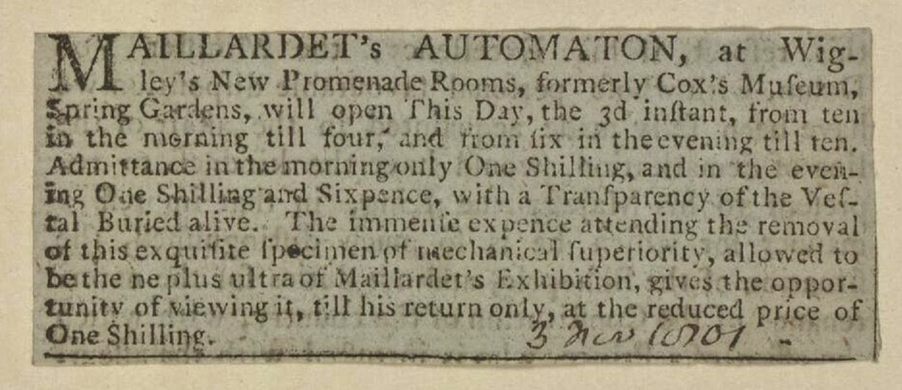
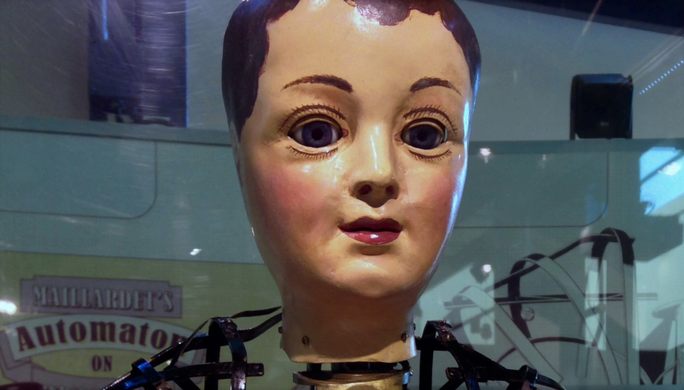
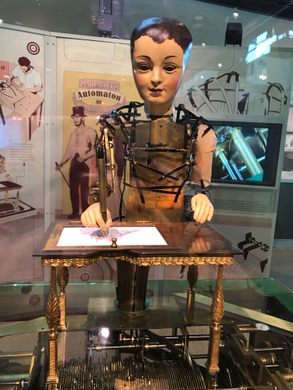
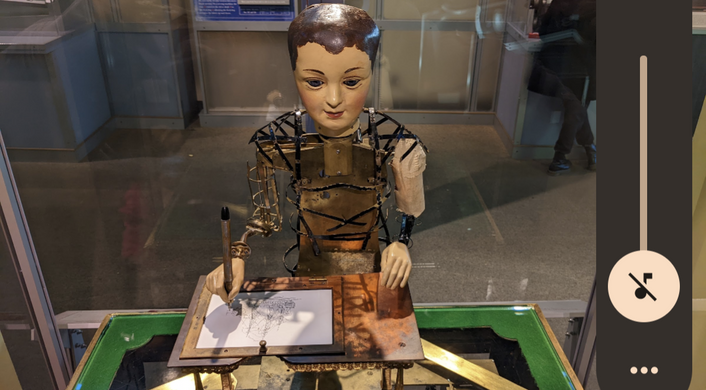
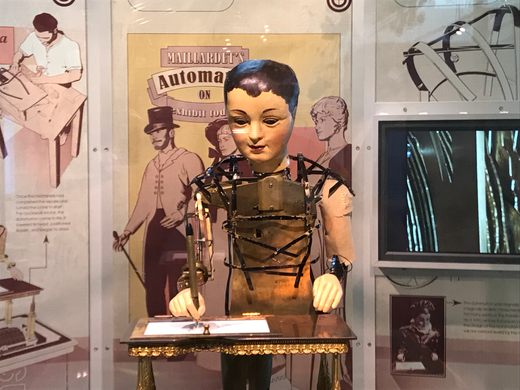




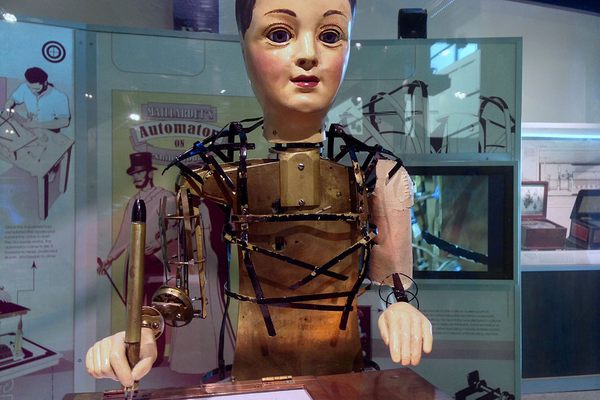





















Follow us on Twitter to get the latest on the world's hidden wonders.
Like us on Facebook to get the latest on the world's hidden wonders.
Follow us on Twitter Like us on Facebook